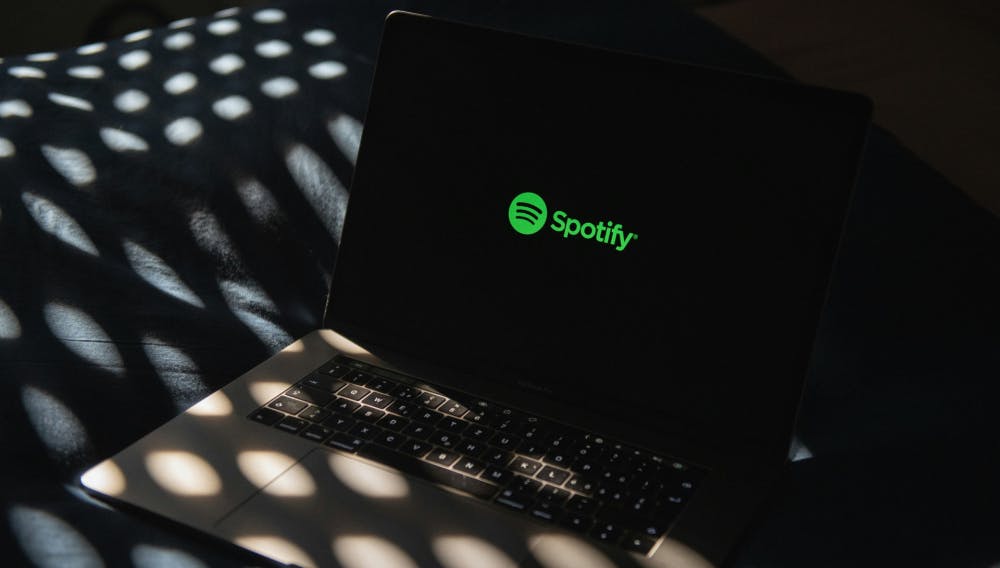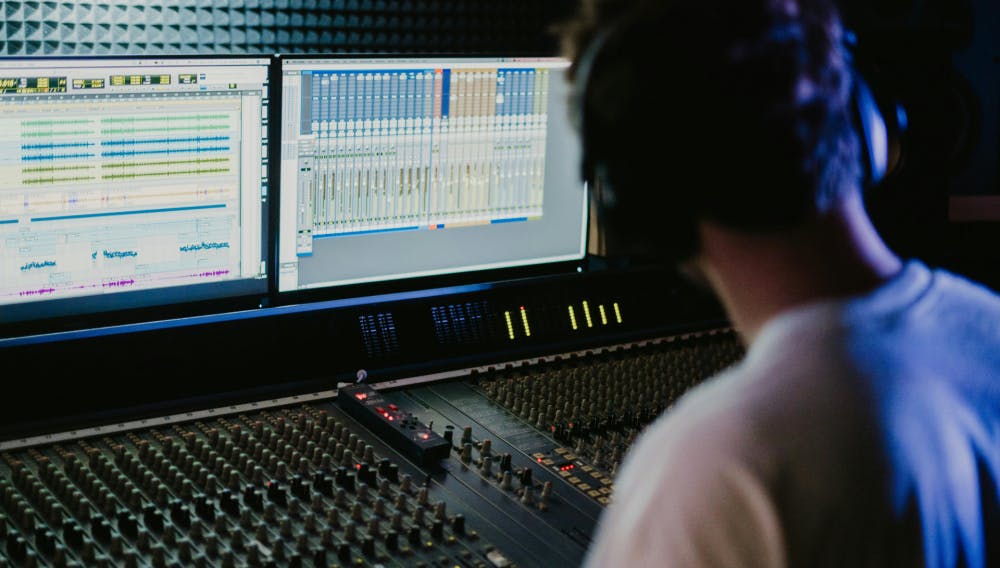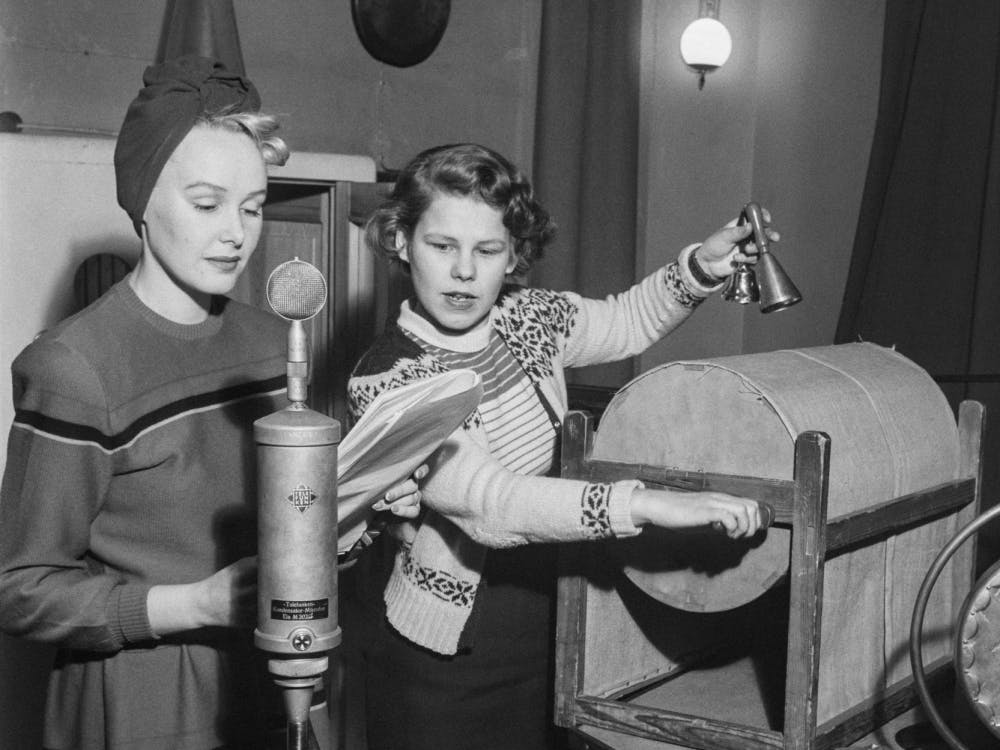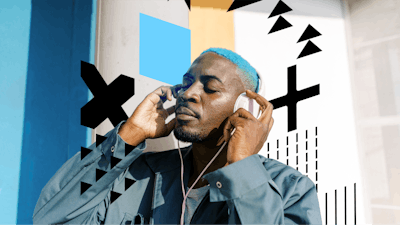Introduction: A Studio in Your Pocket
In 1995, producing music meant expensive studio time, racks of gear, and maybe a DAT machine. Fast forward to 2025, and your smartphone has more production power than most studios did back then. Music production has undergone a seismic transformation—technologically, economically, and creatively. What comes next isn’t just evolution. It’s a redefinition.
But this is more than a nostalgic look back or a hypey glimpse ahead. It’s a call to every serious creator: the tools are changing fast. If your mindset doesn’t change with them, you risk becoming irrelevant in an industry that never stops reinventing itself.

From Tape to DAWs to Cloud: The Tech Leap
The late ’90s saw the rise of Digital Audio Workstations (DAWs) like Cubase, Logic, and Pro Tools. Suddenly, music creation was no longer gated by access to analog consoles or tape. With plugins replacing racks of hardware, the early 2000s saw creativity go digital.
By the 2010s, democratization hit full stride. Ableton Live, FL Studio, GarageBand—these weren’t just tools; they were invitations. Music creation moved from million-dollar studios to bedrooms, laptops, and buses.
In the 2020s, we didn’t just go digital—we went intelligent. AI became the collaborator we didn’t expect but now can’t ignore.
“We’re not replacing musicians; we’re replacing friction.”
— AES Europe 2024 Panel on AI in Music
AI isn’t just assisting—it’s co-producing. It writes, sings, arranges, mixes. The only thing it can’t replicate (yet) is your story.

The Rise of the Creator Economy
In the past, gatekeepers decided who got heard. Labels owned distribution, studios owned sound, and platforms were tightly controlled. Today? The creator owns the studio, the audience, and the release.
But ownership isn’t the same as sustainability.
Despite the empowerment of platforms like Bandcamp, Patreon, and TikTok, most creators still face economic instability. Streaming economics are brutal. As of 2023, Spotify pays roughly $0.003 per stream. That’s 250,000 plays to make $1,000. For most, that’s not a business—it’s a side hustle.
What’s shifting is how creators define success. It’s no longer just virality or streams—it’s community, niche ownership, and speed. In the AI era, those who ship faster and learn quicker will win—not just in numbers, but in resilience.
Music Consumption: Shorter, Smarter, Stranger
We’re not just producing differently—we’re listening differently.
In 1995, you bought an album and listened front to back. In 2025, an algorithm decides which 12 seconds of a song you hear first. Welcome to the age of fragmented attention.
- Short-form video dominates discovery (TikTok, Reels, Shorts)
- Contextual playlists shape mood-driven listening
- Personalization algorithms serve music like Netflix serves shows
But here’s the kicker: this new listener behavior affects how we produce. We now write for the hook, not the arc. We mix for earbuds, not clubs. We master for emotion in under 30 seconds.
The consumption format is now part of the production brief.
What the Next 10 Years Will Demand from Creators
Forget static forecasts—think adaptive strategy.
The next decade won’t reward the best tools or even the best talent. It will reward those who adapt their workflows around one truth: output and identity must coexist.
You’ll need to work faster—but not soullessly. AI will handle the repetitive and technical. You’ll need to double down on the human: taste, storytelling, sonic fingerprints. The value of a mix won’t just be clarity; it’ll be character.
Expect to collaborate more with machines and with other humans in virtual spaces. Remote production will become the default, not the exception. Your DAW will likely integrate real-time AI feedback. Your voice might be cloned—and licensed. Your brand will need to prove it’s human, not synthetic.
We’ll also see immersive formats like Dolby Atmos and spatial audio shift from novelty to norm. And as experiences become more personalized—think biometric-driven playlists or AI-scored workouts—creators will need to think beyond the stereo mix. Sound becomes adaptive, reactive, embedded.
In short: you’ll produce less like a perfectionist, more like a designer. Iterative. Collaborative. Emotionally specific.
A Timeline: From Then to Next
| Year | Innovation | Impact on Creators |
| 1995 | Analog to Digital | DAWs emerge, studios shrink |
| 2005 | Plugins & Sample Libraries | Access expands, production speeds up |
| 2015 | Streaming Dominates | Discovery shifts, monetization drops |
| 2020 | Creator Platforms Boom | Indie economy rises |
| 2023 | AI Hits the Studio | Workflows accelerate, debates ignite |
| 2026 | AI Plugins Standardized | Faster output becomes expectation |
| 2030 | Immersive & Adaptive Audio | Personalized, interactive formats rise |
| 2035 | Human-made Music as Luxury | Authenticity becomes premium signal |

Final Thought: Your Future Isn’t Automated—It’s Augmented
The tools will change. The trends will change. But what doesn’t change is why you create.
In the next decade, music production will feel less like engineering and more like interface design for emotion. And creators who see AI as a lens, not a threat, will make work that cuts through the noise—because it knows what it’s saying, and why it matters.
If you’re just getting started: start fast, start weird, start human.
If you’ve been doing this for years: evolve intentionally. The ones who will change—not just their gear, but their mindsets—are the ones who will thrive.
Keep reading and learning:




